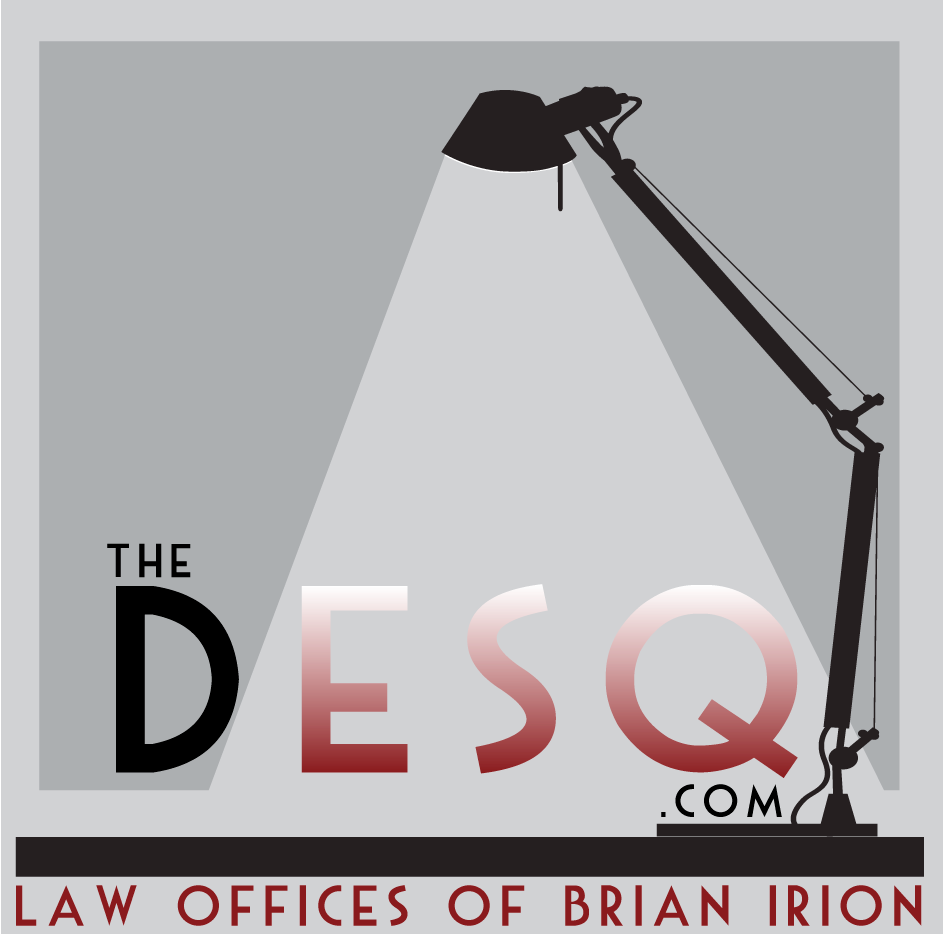Intellectual Property Overview
In 1988, Ashton-Tate filed a lawsuit against Fox Software claiming that FoxBase unlawfully mimicked the look and feel of Ashton-Tate’s dBaseIII. In 1991, Phillip Morris took out a full-page ad in the Wall Street Journal that depicted the logos of its brands of cigarettes. Under the logos was a warning: “If you’re using any of these symbols in your business without our permission, we’ll see you in court.” In 1995, the United States Seventh Circuit Court of Appeals ruled that PepsiCo, Inc. could restrain a former executive officer from even working for Quaker Oats Company’s beverage division on the fear that the former employee might “inevitably disclose” PepsiCo’s trade secrets.
Intellectual Property Law is comprised of four separate subcategories:
Trade secrets, trademarks, copyrights and patents protect a company’s assets in different ways. The various types of intellectual property can work independently or interdependently. In some cases, using one method of protecting an asset compromises the ability to protect it by another.
Intellectual property lawsuits figure prominently in the strategies to restrain what companies believe is unfair competition from their competitors. It is a mistake for any business to fail to recognize and protect its intellectual property through proper documentation, filings with appropriate offices (such as the patent and trademark office), and best practices in company procedures and handbooks. It also is a mistake to be unprepared for intellectual property lawsuits from competitors. Even interviewing and hiring a competitor’s coveted employees can get a company sued.

